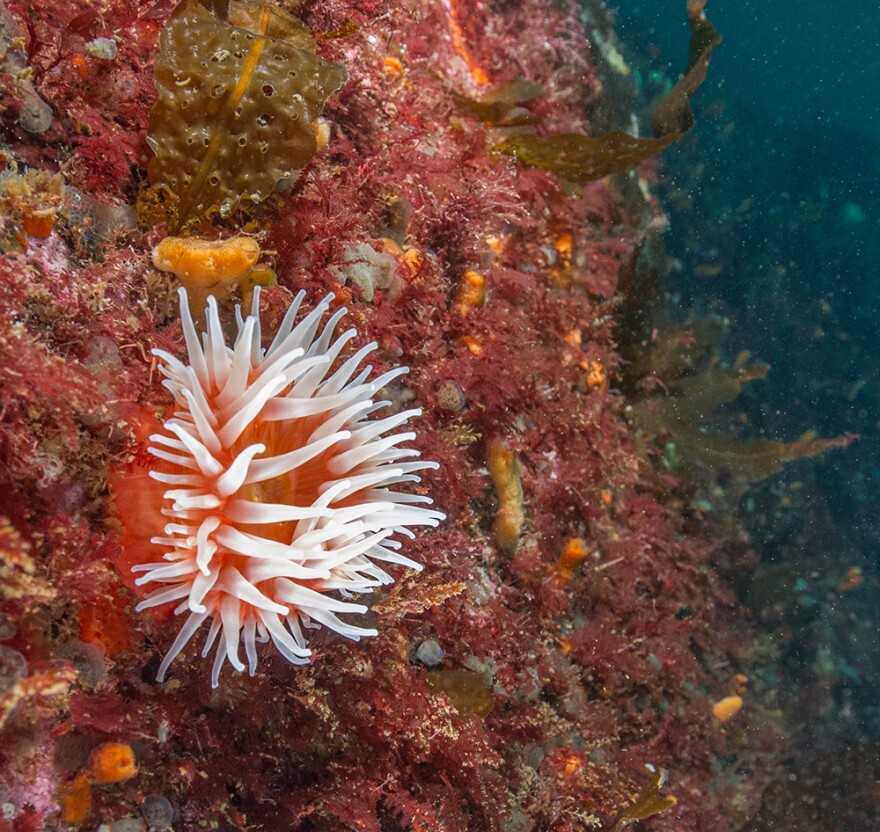Deep underwater, about 150 miles off the coast of New England, lie majestic mountains and rock formations deeper than Arizona's Grand Canyon. The area is home to lots of marine life, and now, there's a new effort afoot to preserve that space.
It would be called a Marine National Monument. That's a designation under the U.S. Antiquities Act that President Obama's administration is considering applying to two areas off the northern Atlantic Coast: the New England Coral Canyons and Seamounts Area.
"It means that you can't conduct extractive commercial activities," said Lisa Speer, who directs the International Oceans Program at the Natural Resources Defense Council. "It means it's off-limits to fishing; to oil and gas development; to mining activities, or any other activity that would extract marine or other resources from the area."
Recreational fishing would still be allowed under the proposal, but Speer said the ultimate decision on the final rule is up to President Obama. If he goes through with it, it will be the first marine national monument in the Atlantic Ocean.
"Every one of these dives in a canyon is essentially like a stroll through Dr. Seuss's garden," said Peter Auster, a marine ecologist and researcher at Mystic Aquarium.

Auster explores the New England Coral Canyons a lot with submersibles, studying deep sea fish and gardens of corals he said come in all types of colors, shapes, and sizes.
"We actually still discover new species," of coral and other types marine life, Auster said, adding that there isn't a lot of commercial fishing operations in this area today, but there are talks of future mining projects.
"So let's protect some of these areas before companies begin investing in exploration and planning and then [we] begin to discuss protecting some of these places," Auster said.

Lisa Speer at the NRDC said the President could announce his decision on preserving the coastal space as early as next month. There will be a public meeting on the proposal next Tuesday, September 15, in Providence, Rhode Island.





